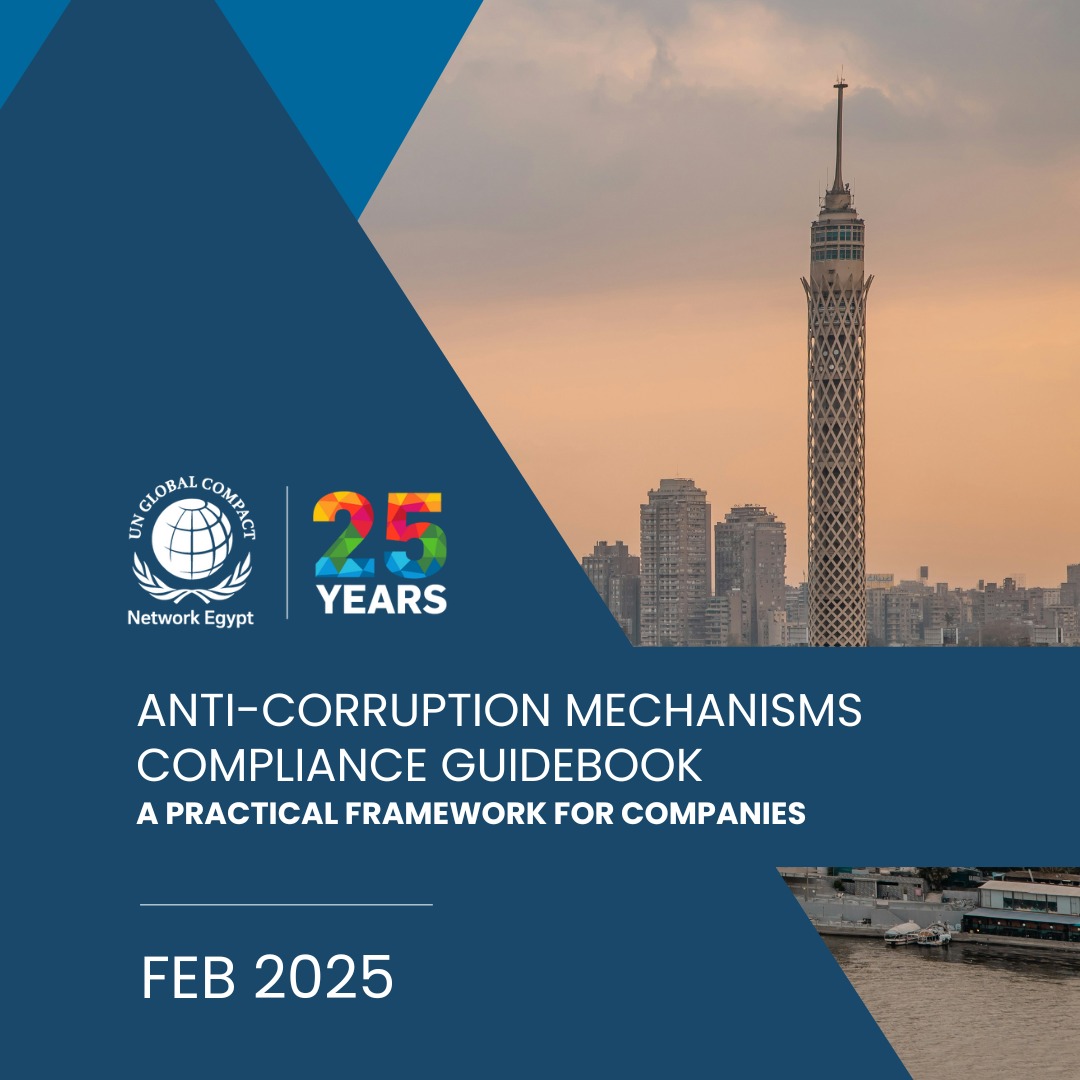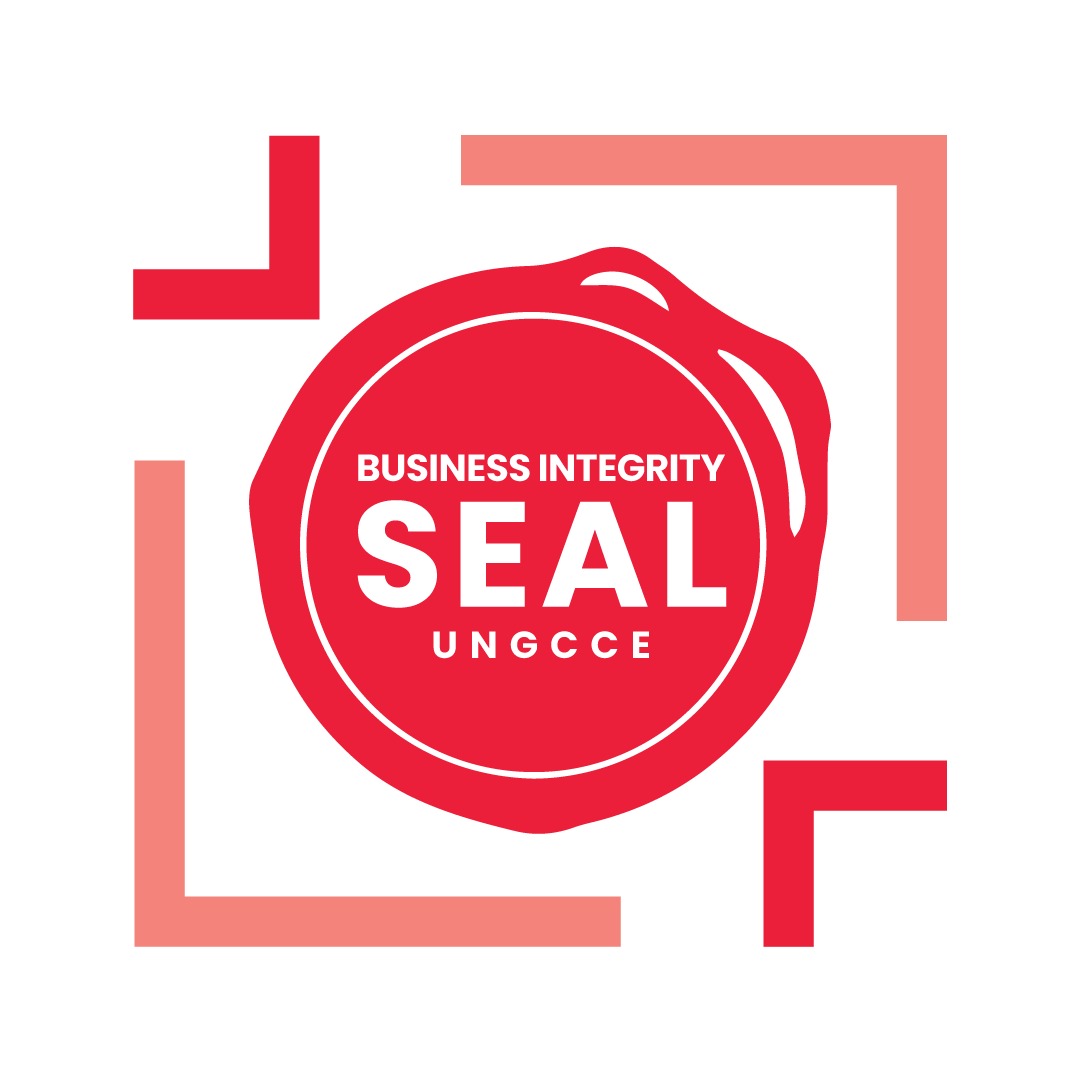Find The resource and tools you're looking for
This part provides a structured overview of Egypt’s legislative framework for addressing corruption. It explores national laws such as the Penal Code (Law No. 58 of 1937), Labour Law (Law No. 12 of 2003), Companies Law, Investment Law, and Capital Market Law, all of which directly or indirectly promote transparency and accountability. It also discusses Egypt’s adherence to international conventions like UNCAC and ISO 37001. These instruments collectively define offenses such as bribery, embezzlement, and abuse of power while setting clear standards for corporate compliance and institutional integrity.
This part highlights key global anti-corruption legislations and conventions, including the UK Bribery Act, the U.S. Foreign Corrupt Practices Act (FCPA), and regional agreements like the ECOWAS Protocol and POCA. It presents successful international practices and legal models, showing how they can inform local anti-corruption frameworks. Furthermore, it reviews influential institutions such as GRECO and conventions like the Inter-American Convention Against Corruption (IACAC) and APEC ACTWG, emphasizing the global momentum toward strengthening transparency, integrity, and interstate cooperation.
This part outlines a step-by-step process for creating an effective anti-corruption policy tailored to the organization’s context. It covers policy development, legal alignment, and strategic integration within business operations. Emphasis is placed on stakeholder engagement, policy scope, legal consultation, employee training, and the establishment of robust monitoring and reporting mechanisms. Real-life case studies and implementation tools help illustrate how anti-corruption principles can be operationalized through governance, communication, and compliance structures.
Part four of the UNGCNE Anti-Corruption Guidebook outlines a comprehensive, step-by-step approach for developing and implementing an effective anti-corruption policy within companies. It emphasizes aligning the policy with both local and international legal frameworks (such as Egyptian legislation, UNCAC, and the FCPA) and highlights the importance of clearly defining scope, responsibilities, and reporting mechanisms. Key elements include appointing a compliance officer, conducting risk assessments, establishing internal controls, ensuring third-party compliance, and delivering ongoing training. The part also provides sample policy language and defines key corruption-related concepts like bribery, embezzlement, extortion, and nepotism. Additionally, it stresses the role of the UN Global Compact Network Egypt in supporting organizations through policy design, stakeholder engagement, and awareness-building initiatives, all aimed at fostering a culture of integrity, transparency, and accountability.
This part introduces a comprehensive methodology for conducting corruption risk assessments. It presents eight detailed steps, including defining scope, forming a committee, analyzing context, and developing mitigation strategies. It stresses the importance of integrating these measures into daily operations, supported by updated policies, employee training, clear KPIs, and continuous monitoring. The chapter also explains how to prepare a structured risk assessment report, conduct due diligence in business relationships, and apply legal, financial, and operational scrutiny before major transactions.
Focusing on institutional governance, this part outlines the roles of oversight committees such as the Audit, Risk, Remuneration, Nominations, and Governance Committees. It highlights their contributions to internal control, compliance, risk management, and sustainable decision-making. Furthermore, it details governance instruments like disclosure reports, investor relations, and social responsibility policies that reinforce transparency and ethical conduct across all operational levels.



